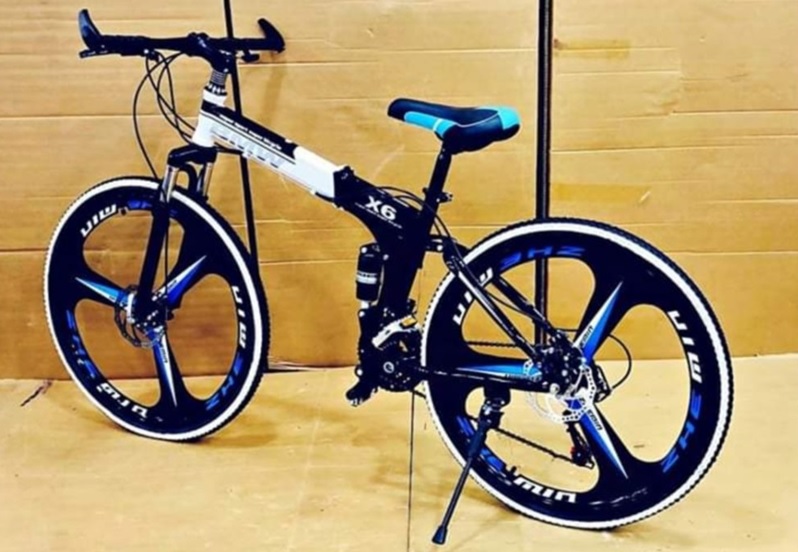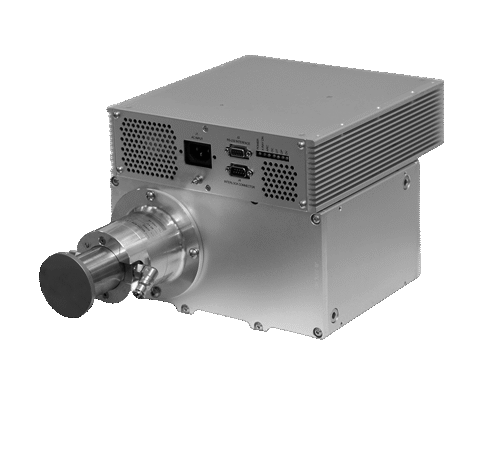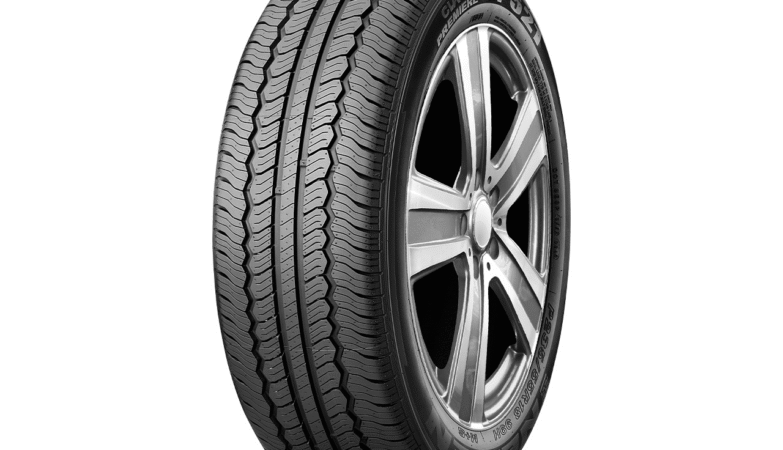Understanding the pricing of gear cycles involves considering several factors that influence their cost. Whether you’re a novice cyclist or a seasoned rider looking to upgrade, knowing what determines gear cycle prices can help you make informed decisions. This article explores the key factors that affect gear cycle pricing, helping you navigate the options available within your budget.
Factors Influencing Gear Cycle Prices
- Quality of Components
The quality of components used in a gear cycle significantly impacts its price. High-end gear cycles often feature lightweight frames made from materials like carbon fiber or titanium, which contribute to durability and performance but come at a higher cost. In contrast, budget-friendly options may use heavier materials like steel or aluminum, which affect both the weight and the price of the cycle. - Number of Gears
The number of gears a cycle has affects its versatility and price. Gear cycles typically range from single-speed to multi-speed variants. Single-speed cycles, with fewer moving parts, tend to be less expensive and are suitable for flat terrains or casual riding. On the other hand, multi-speed cycles, offering a wide range of gear ratios, are designed for various terrains and riding conditions, thus commanding a higher price. - Brand Reputation
Established brands with a reputation for quality and innovation often price their gear cycles higher. These brands invest in research and development to improve cycling technology, resulting in bikes that offer superior performance and durability. While these cycles may come at a premium, they often provide long-term value and reliability, making them a preferred choice among cycling enthusiasts. - Frame Design and Material
The design and material of the frame play a crucial role in determining the cycle’s price. Advanced frame designs, such as aerodynamic shapes or custom-built frames, cater to specific cycling disciplines like road racing or mountain biking. Additionally, lightweight materials like carbon fiber or titanium reduce the overall weight of the cycle, enhancing performance but adding to the cost. - Technology and Features
Modern gear cycles may incorporate advanced technologies such as electronic shifting systems, hydraulic disc brakes, or integrated suspension systems. These features improve comfort, control, and performance but contribute to higher manufacturing costs. As a result, cycles equipped with such technologies are priced higher than their conventional counterparts.
Understanding Price Categories
Gear cycles are typically categorized into three price segments:
- Entry-Level Cycles
Entry-level gear cycles are designed for beginners or casual riders. These cycles offer basic features and functionality at an affordable price point, making them accessible to a wide range of cyclists. While they may lack advanced technologies and lightweight materials, they provide a reliable introduction to cycling without breaking the bank. - Mid-Range Cycles
Mid-range gear cycles strike a balance between performance and affordability. They often feature a mix of quality components, versatile gearing options, and durable frame materials suitable for recreational and intermediate-level cyclists. These cycles offer improved performance and comfort compared to entry-level models without the premium price tag of high-end bicycles. - High-End Cycles
High-end gear cycles represent the pinnacle of cycling technology and craftsmanship. These cycles are designed for professional athletes, serious enthusiasts, or riders seeking the highest performance standards. They incorporate cutting-edge materials, advanced components, and precision engineering to deliver optimal performance, durability, and riding experience, albeit at a considerable cost.
Conclusion
The pricing of gear cycle price is influenced by a variety of factors, including the quality of components, number of gears, brand reputation, frame design, and technological features. By understanding these factors and the different price categories available, you can make an informed decision when purchasing a gear cycle that meets your budget and cycling needs. Whether you’re looking for a budget-friendly option or investing in a high-performance cycle, evaluating these considerations will help you find the right gear cycle at the right price.








